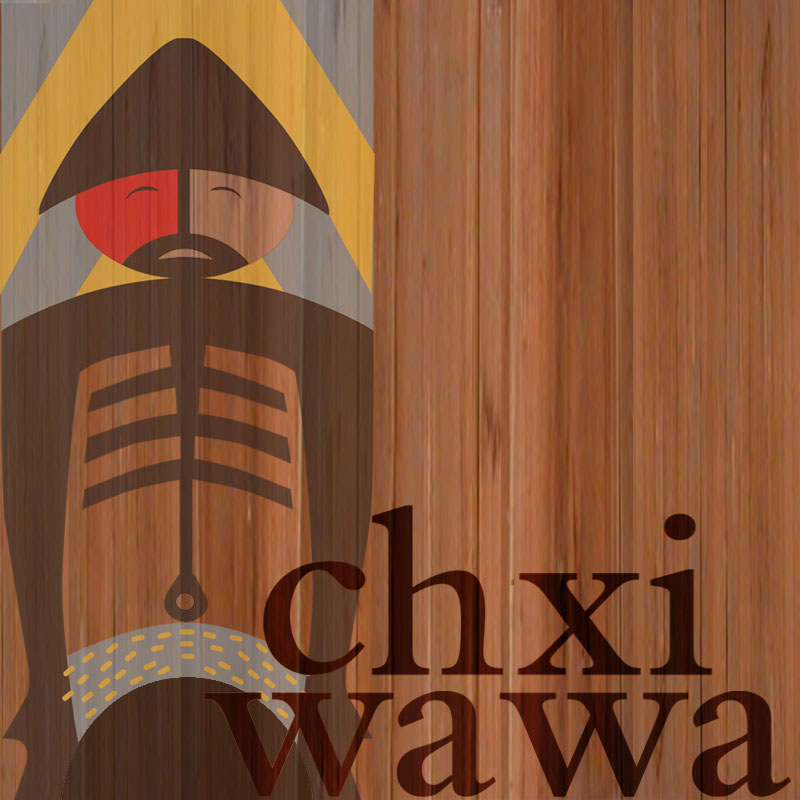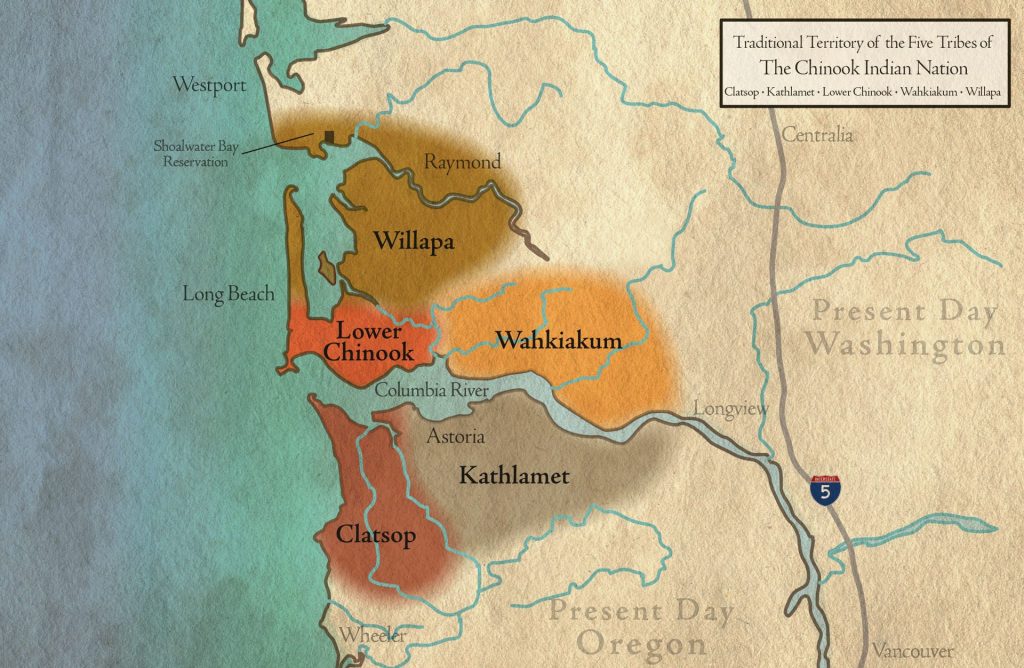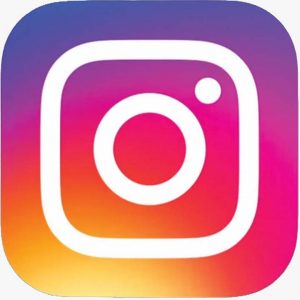The Chinook Indian Nation is made up of the five western-most Chinookan speaking tribes at the mouth of the Columbia River and neighboring seacoast. Our nearly 70-year-old constitution clearly defines who we are by naming the five tribes and referencing their associated aboriginal territories. Our membership is drawn from these tribes — the Clatsop and Cathlamet (Kathlamet) of present-day Oregon and the Lower Chinook, Wahkiakum and Willapa of what is now known as Washington State.
We are the only, and rightful, heirs of these tribes and have been acknowledged as such through acts of congress, the Supreme Court and the Indian Court of Claims. We resisted removal from our territories during the Treaty negotiations of 1851 and 1855. Because of this, we remain in our homelands with the bones of our ancestors.
The Chinook Indian Nation’s territory includes the entire lower Columbia River from near Oak Point (just west of Longview, Washingtom) to the mouth of the river. We maintain important interests east of Oak Point (upriver). That interest is in part based on the extent of our Kathlamet Chinook language that was spoken by our Wahkiakum and Kathlamet ancestors. The language’s eastern boundary is Kalama, WA on the north shore and Rainier, Oregon on the southern shore. Our territory includes much of Clatsop and Columbia Counties in Oregon, and Pacific and Wahkiakum counties in Washington State.
Representing approximately 3,000 enrolled tribal members, most living in Washington and Oregon, we are the stewards of our territory on the Lower Columbia River.
There is a lot of confusion about our territory, because the original territories of Chinookan speaking tribes are expansive. It is true that Chinookan speaking peoples lived along the Columbia River all the way to The Dalles, Oregon prior to contact, and they still do, but the Chinook Indian Nation does not represent those tribes or their territories. Most of those Chinookan Speaking tribes were included in treaties that established the Yakama Nation, the Confederated Tribes of Warm Springs, and the Confederated Tribes of Grand Ronde. Those communities signed treaties ceding their aboriginal lands to the United States, and most then moved to the off-river reservations established by those treaties. The closest ceded lands to us were part of the Willamette Valley treaty of 1855 that established the Grand Ronde Indian Reservation. They ceded the lands east of Oak Point on the south shore of the Columbia River.
Only our ancestors completely resisted the removal efforts of the United States government. We should be proud of that fact, but it is also largely why we still lack federal recognition today.
The Chinook Indian Nation is consistently asked to provide welcomes, give land acknowledgements and participate in archeological projects outside of our territory, especially in the Portland area. We decline those requests out of respect for our neighboring tribes with the expectation that they will do the same. Occasionally we partner with other tribes in their territories, but only when we have an invitation to do so. The north shore of the Columbia River between Longview and the lands east of Vancouver that were ceded to create the Yakama Indian Reservation is unique, however. In that area, especially before the Cowlitz Tribe received federal recognition, we have worked to represent the Chinookan ancestors of that territory that did not have another tribal voice for their protection. One example of that is the substantial work that we did, and continue to do, around the Cathlapotle village on the Ridgefield National Wildlife Refuge. At that time many tribes were asked to consult, but only our Chinook Indian Nation stepped up to assist in the archeological excavations and eventually to produce the plankhouse that now stands on the refuge. Those decades of work have led to Chinook having a substantial Memorandum of Understanding with the federal government that allows access to the refuge and complete authority to govern the plankhouse. The territory is not ours, but the plankhouse is a member of Chinook Indian Nation. For more information on Cathlapotle, we recommend reading, Cathlapotle and its Inhabitants, by Robert Boyd








